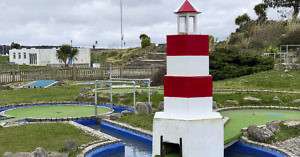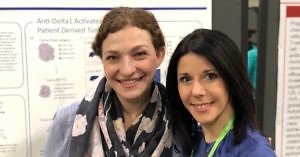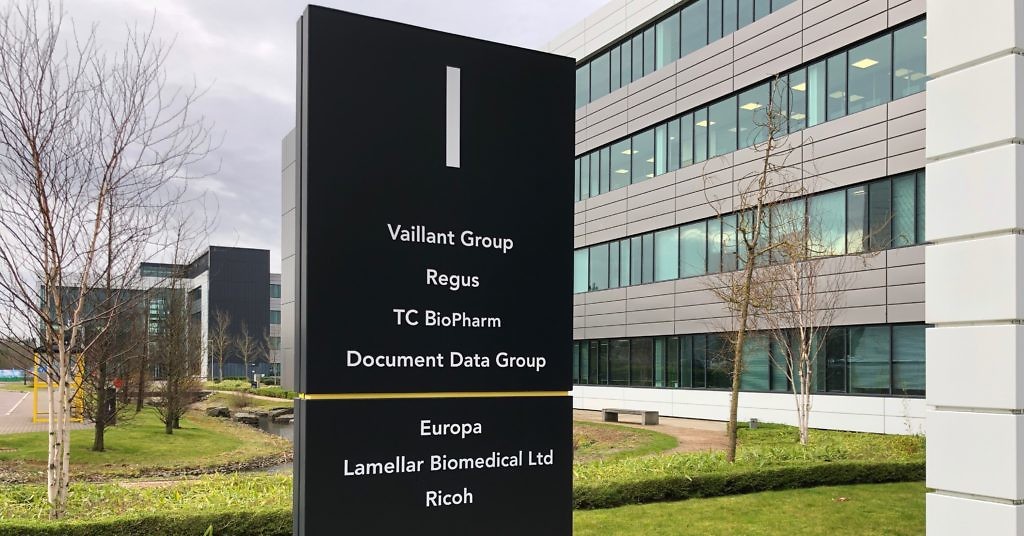Unexpected developments at SITC23

Gaslamp Quarter in San Diego
Every now and then you come across some initial phase 1 data which turns your head and makes you wonder why it is working so well in heavily pretreated patients and what’s different about its particular design?
This was my reaction last week reading a SITC abstract – I wanted to learn more about not only the molecule itself, but also the other early stage agents with different targets being presented.
And here we are because it turned out there’s some nifty reasons why it worked when a prior drug against the same target had already failed in some patients as we discovered when talking to the company in our latest in-depth interview…
To continue reading our latest highlights on oncology new product development including commentary and analysis BSB subscribers can log-in or you can click to access the content.
This content is restricted to subscribers
 A frequent challenge in oncology R&D is the fast paced nature of pipeline development such that there’s always something cool or new coming along nipping at the heels of those further ahead in clinical development coupled with the changing of the broader landscape before you even get to market.
A frequent challenge in oncology R&D is the fast paced nature of pipeline development such that there’s always something cool or new coming along nipping at the heels of those further ahead in clinical development coupled with the changing of the broader landscape before you even get to market. In our latest AACR21 Preview — you can
In our latest AACR21 Preview — you can  Last week we talked about finding ways to make the T cells work
Last week we talked about finding ways to make the T cells work  Not in San Diego: We took a close look at the potential for targeting gamma delta (𝞬𝝳) T cells early last year in an extended mini-series looking at the landscape including some of the early companies leading the way in this niche.
Not in San Diego: We took a close look at the potential for targeting gamma delta (𝞬𝝳) T cells early last year in an extended mini-series looking at the landscape including some of the early companies leading the way in this niche.




 CEO and Founder, Dr Michael Leek, has built a company that already counts bluebird bio (NASDAQ: $BLUE) as one its partners (
CEO and Founder, Dr Michael Leek, has built a company that already counts bluebird bio (NASDAQ: $BLUE) as one its partners (